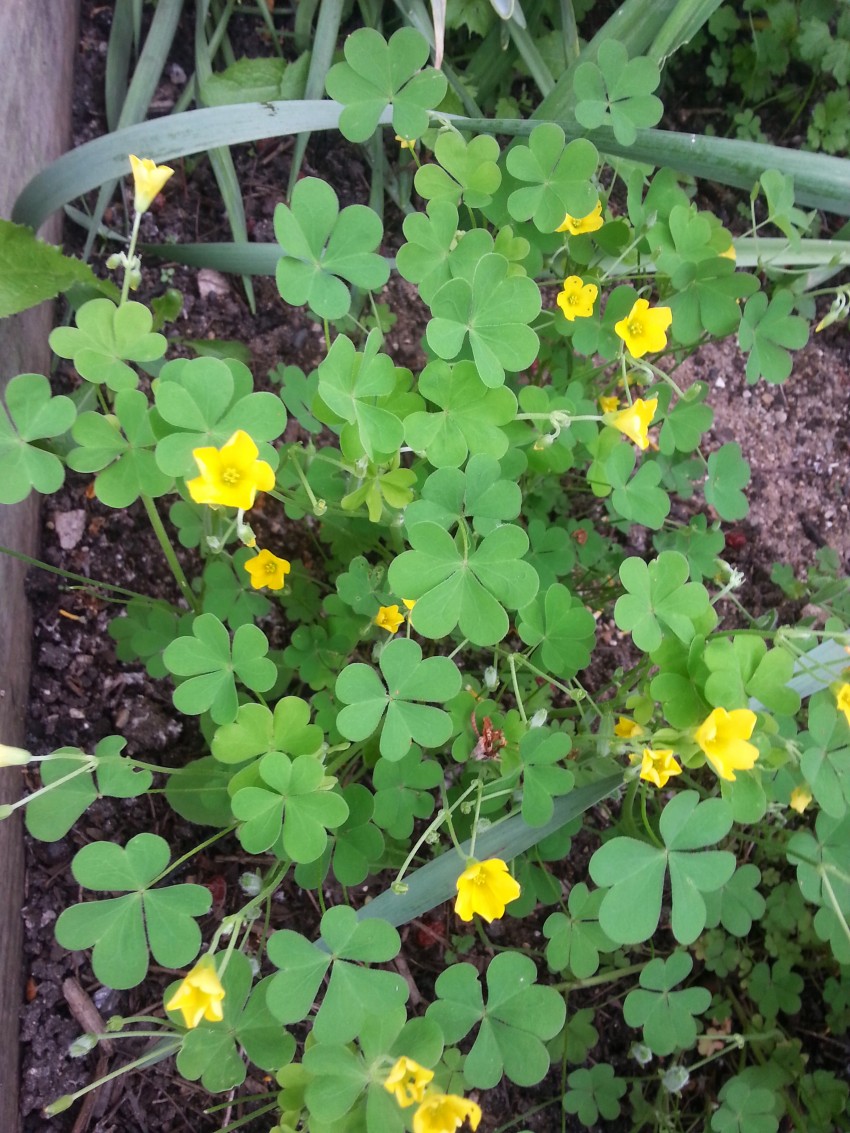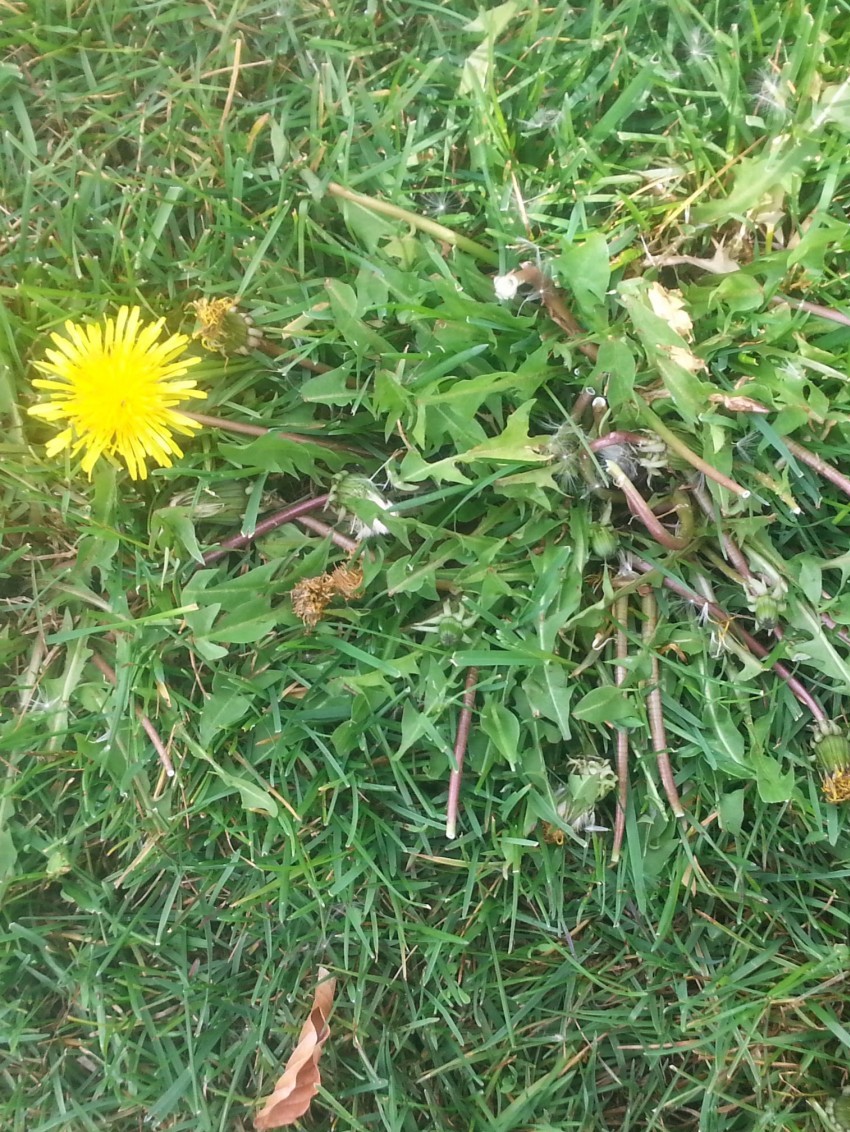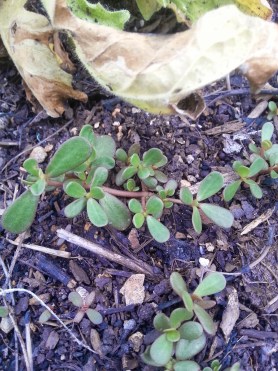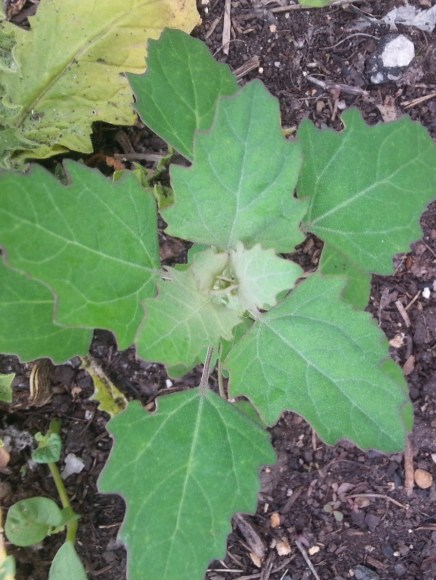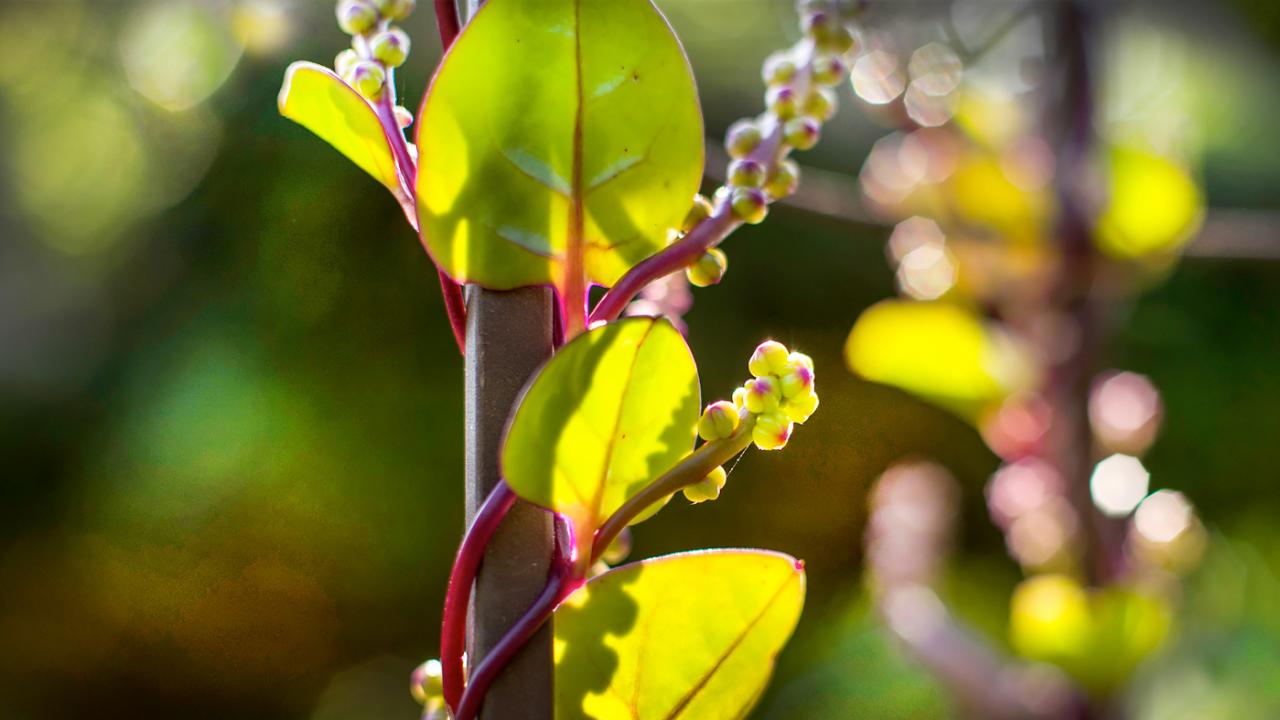

Plants &
Gardening
Garden Stories
Eating weeds
If you ever find yourself grumbling over the dandelions that make their home in your lawn, or staring angrily at the purslane popping up in your vegetable garden, I have a suggestion for you: make a salad.
You may be familiar with the concept of foraging for weeds. I first became interested in the subject in college, when I realized that free food was everywhere once you knew where to look. (The reality soon set in that most of this “free” food was actually growing on lawns and private property.) Whenever you forage weeds and wild plants you have to be careful that what you take isn’t getting sprayed with herbicides—which is why I recommend only harvesting weeds from your own yard, or places you know have uncontaminated soil (and aren’t sprayed). It’s also very important to know exactly what you’re eating. Sometimes weeds have look-alikes that can be upsetting to the stomach or downright deadly. Others, of course, you can easily recognize from a distance, like yellow wood sorrel.


